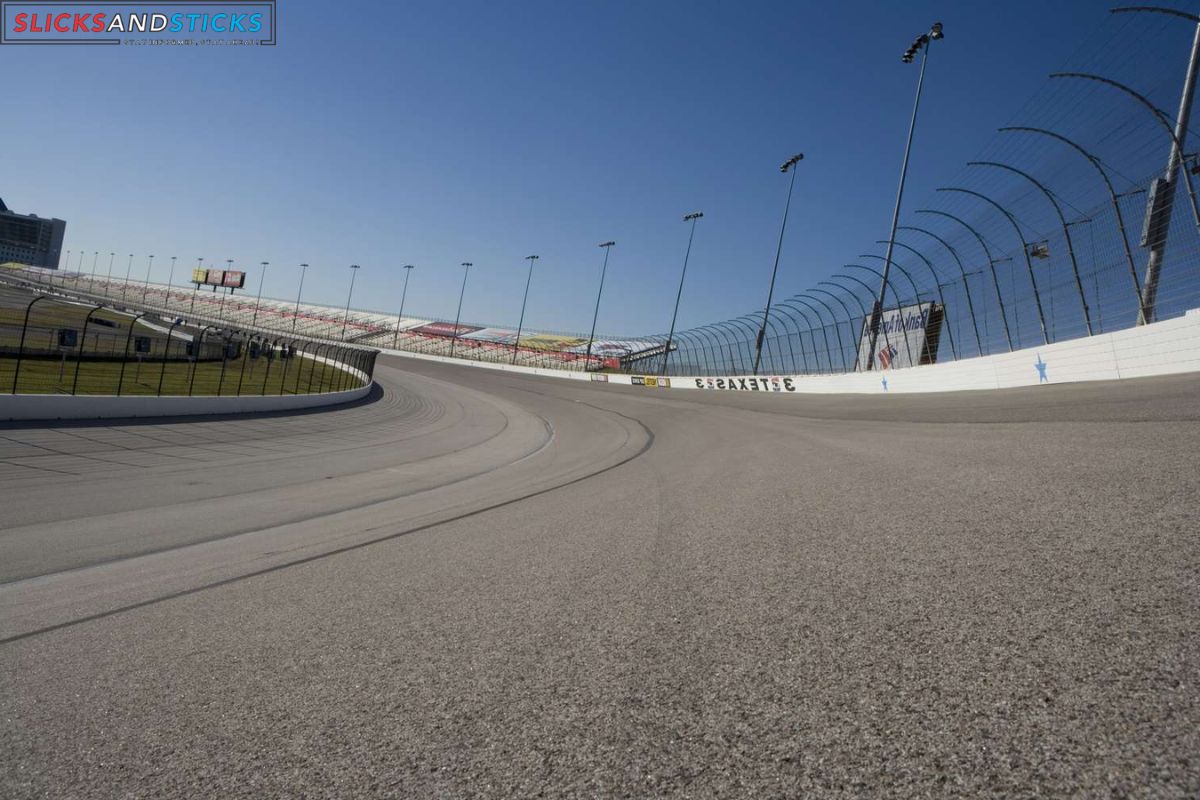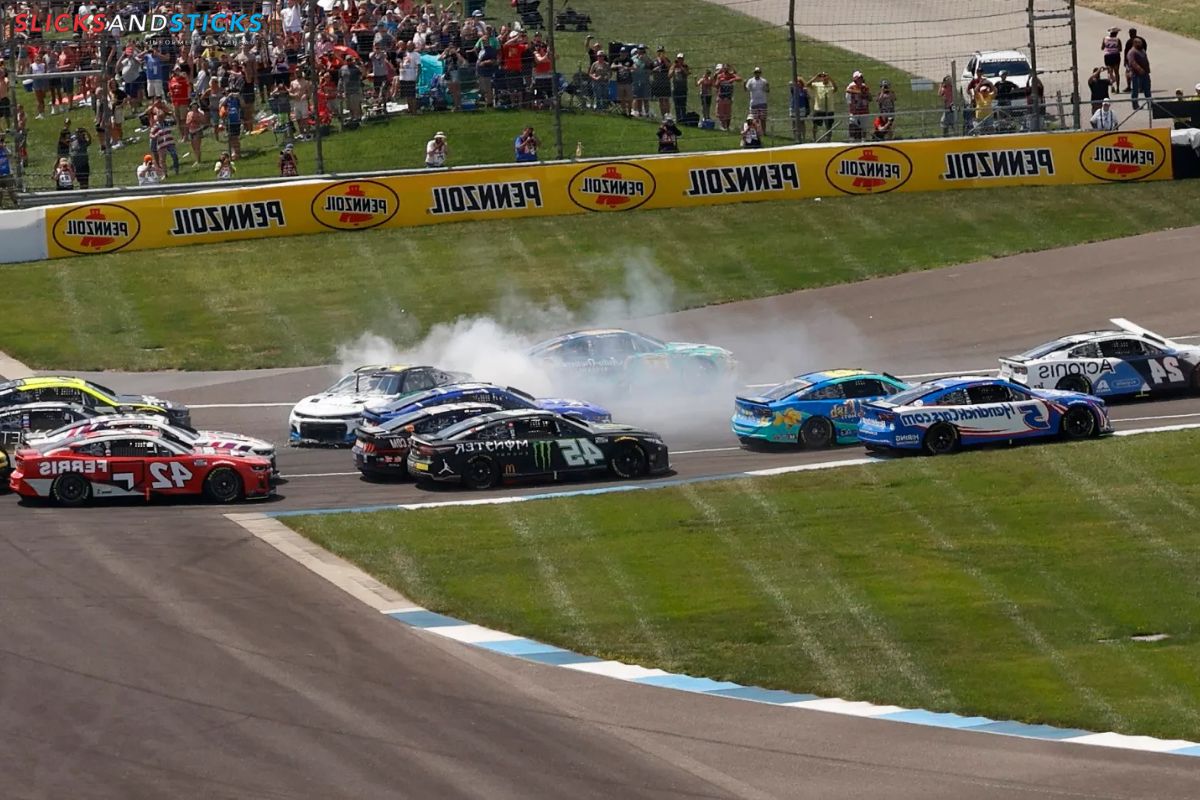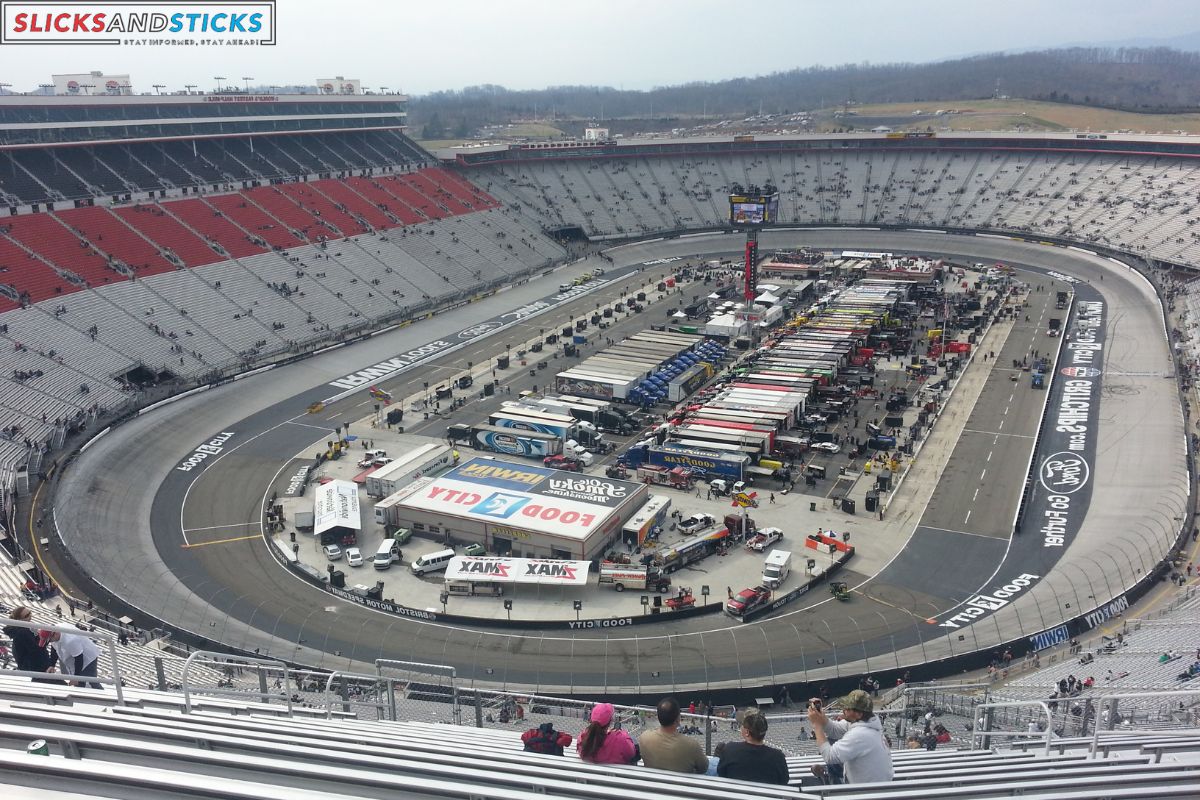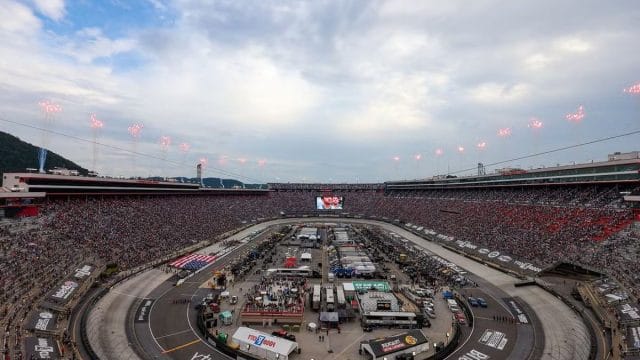NASCAR oval tracks have long captivated racing enthusiasts and casual spectators alike, offering a unique blend of thrill, strategy, and history. These iconic circuits, with their banked turns and high-speed straightaways, have become synonymous with the sport of stock car racing.
In this discussion, we will explore the various aspects that make oval tracks fascinating. We will start by examining the unparalleled fan experience and spectator appeal they offer. From the roar of the engines to the close proximity of the action, there is nothing quite like watching a race at an oval track. The atmosphere is electric, and the sense of speed is palpable.
Next, we will go through the cost efficiency and track construction of oval tracks. Unlike road courses, which require intricate layouts and extensive safety measures, oval tracks are relatively straightforward and less expensive to build and maintain. This makes them more accessible for smaller racing organizations and helps to ensure a thriving grassroots racing scene.
Moving on, we will discuss the entertainment value of oval tracks. The close-quarters racing and constant overtaking opportunities create a thrilling spectacle for both drivers and spectators. The strategic element of finding the best racing line and timing overtakes adds an additional layer of excitement to the competition.
Furthermore, we will explore the different varieties of oval tracks. From short tracks less than a mile in length to the famous superspeedways like Daytona and Talladega, each type of oval track presents its own unique challenges and characteristics. This diversity adds to the appeal of oval racing and keeps fans engaged throughout the season.
Lastly, we will acknowledge the enduring legacy that oval tracks have left on the world of racing. Many of the most legendary drivers in NASCAR history have made their mark on these hallowed grounds, and the history and tradition associated with oval tracks cannot be overstated.
So, join us as we peel back the layers of this thrilling fascination and unravel the rich racing legacy that lies within NASCAR oval tracks.
Key Takeaways
- Oval tracks provide a unique and immersive fan experience with intense battles, overtakes, and crashes, creating an electric atmosphere.
- Cost efficiency and simplified track construction, using materials like dirt and continuous left turns, make oval tracks versatile and adaptable for hosting various racing events.
- Oval tracks offer an unparalleled entertainment value with exhilarating pack racing, faster speeds, and the potential for dramatic wrecks, adding danger and unpredictability.
- The varieties of oval tracks, including superspeedways, intermediate speedways, and short tracks, contribute to the rich and diverse legacy of NASCAR, attracting millions of fans and solidifying its enduring legacy.
Fan Experience and Spectator Appeal
The fan experience and spectator appeal at NASCAR oval tracks is a testament to their ability to accommodate large crowds and provide an unparalleled view of the thrilling racing action.
Unlike European road courses, where fans are often limited in their visibility, oval tracks offer a unique vantage point that allows spectators to witness every heart-pounding moment of the race.
From the grandstands, fans can see the entire track, allowing them to follow the intense battles for position, the daring overtakes, and the high-speed crashes. The sheer size of these oval tracks means that they can accommodate tens of thousands of fans, creating an electric atmosphere that adds to the excitement of the event.
Whether it’s the roar of the engines, the smell of burning rubber, or the sight of cars hurtling around the track, the fan experience at NASCAR oval tracks is a one-of-a-kind thrill.

Cost Efficiency and Track Construction
The seamless blend of fan experience and cost efficiency is evident in the construction of NASCAR oval tracks, making them a practical choice for both racing enthusiasts and event organizers alike.
- Cost-effective materials: Oval tracks were often built without expensive materials like asphalt or concrete. Instead, some tracks were constructed on dirt, which significantly reduced construction costs. This allowed for a more affordable option compared to purpose-built tracks.
- Simplified design: Oval tracks have a simple and uniform design, consisting of continuous left turns. This design not only maximizes track length but also minimizes construction complexity and costs. The straightforward layout ensures that the track can be constructed efficiently and economically.
- Multi-purpose usage: Oval tracks are versatile and can accommodate various racing events and activities. Their cost efficiency makes them suitable for hosting races of different levels, from local to professional. Additionally, the oval shape allows for easy adaptation to different track lengths, providing flexibility for organizers to cater to different race requirements.
Entertainment Value of Oval Tracks
Oval tracks captivate spectators with their exhilarating pack racing, showcasing faster speeds, intense battles, and the potential for dramatic wrecks. These elements combine to create an unparalleled entertainment value for fans of NASCAR and other oval track racing events. The close proximity of the cars as they navigate the oval circuit adds to the excitement, as fans can witness the skill and strategy of the drivers firsthand.
Additionally, the high speeds achieved on oval tracks create a thrilling spectacle, with cars reaching speeds of up to 200 miles per hour. The potential for wrecks adds an element of danger and unpredictability, keeping spectators on the edge of their seats. To further illustrate the entertainment value of oval tracks, let’s take a look at a comparison table:
| Oval Tracks |
Entertainment Value
|
| Pack Racing | High |
| Speed | Fast |
| Battles | Intense |
| Wrecks | Dramatic |
| Spectator Engagement | Immersive |
As the table demonstrates, oval tracks offer a high level of entertainment value, with pack racing, fast speeds, intense battles, dramatic wrecks, and an immersive experience for spectators. It is no wonder that oval track racing continues to captivate audiences worldwide.

Varieties of Oval Tracks
After exploring the entertainment value of oval tracks, it is now essential to examine the various types of tracks that have emerged over time, each with its own distinct characteristics and significance in the world of racing. Here are the three main varieties of oval tracks:
- Superspeedways: These tracks are known for their immense size, often exceeding two miles in length. They offer high speeds and long straightaways, allowing drivers to reach maximum velocity. Superspeedways are the stage for iconic races like the Daytona 500 and Talladega Superspeedway.
- Intermediate Speedways: Falling between the extremes of superspeedways and short tracks, intermediate speedways typically range from one to two miles in length. They provide a balance of speed and maneuverability, requiring drivers to showcase their skill in both straightaways and tight turns.
- Short Tracks: These tracks are shorter than one mile and feature tight turns and short straightaways. Known for their intense and close-quarter racing, short tracks require drivers to rely on their agility and precision. Bristol Motor Speedway and Martinsville Speedway are examples of famous short tracks.
Each type of oval track offers a unique racing experience, contributing to the rich and diverse legacy of NASCAR.

Enduring Legacy of Oval Racing
With a history dating back 75 years to the early Daytona beach races, oval racing has firmly established itself as a timeless and cherished tradition in the world of motorsports. Despite advancements in technology and evolving preferences, oval racing has managed to maintain its enduring legacy.
It holds a significant place in the hearts of racing enthusiasts and continues to captivate audiences around the globe. Oval tracks have witnessed some of the most iconic moments in motorsports history, creating a rich tapestry of thrilling races and unforgettable rivalries.
The enduring appeal of oval racing lies in its unique combination of speed, strategy, and skill. From the legendary Daytona 500 to the Indianapolis 500, these races have become cultural touchstones, attracting millions of fans and solidifying the enduring legacy of oval racing.
Conclusion of NASCAR Oval Tracks
NASCAR oval tracks have captivated fans for decades, offering a thrilling and immersive racing experience. From the fan experience and spectator appeal to the cost efficiency and track construction, these tracks have become an integral part of the NASCAR legacy.
With their variety and entertainment value, oval tracks continue to leave a lasting impact on the world of racing. Their enduring legacy ensures that oval racing will continue to fascinate and excite fans for years to come.
ALSO READ: Byron on Short Tracks: Racing Challenges
Our Reader’s Queries
NASCAR Oval Tracks
NASCAR races at 42 tracks across the United States and Canada. These tracks come in different shapes and sizes, from short ovals to long superspeedways that stretch over 2 miles. Some tracks even have winding road courses.
Are Nascar tracks all oval?
Most of the race tracks used in NASCAR and IndyCar today are of the same type. These tracks are designed to balance high speeds with good visibility, making them ideal for racing. Tri- and quad-ovals that are 1.5 miles long are particularly popular in major racing series that use oval tracks. This is because they offer the perfect compromise between speed and safety, allowing drivers to push their limits while still maintaining good sightlines. Overall, these tracks are a testament to the ingenuity and skill of modern race track designers.
Why are race tracks oval?
The Indianapolis Motor Speedway has exciting news for NASCAR fans! The NASCAR Cup Series will be returning to the 2.5-mile oval layout in 2024, coinciding with the 30-year anniversary of the circuit’s first race at the track. This announcement was made on Thursday, and fans are eagerly anticipating the return to the classic layout. It’s sure to be a thrilling event for both drivers and spectators alike.
Will NASCAR go back to Indy oval?
The oval track is the most common shape for racetracks. These tracks come in different lengths, with the shortest being Martinsville Speedway at 0.53 miles and the longest being Talladega Superspeedway at 2.66 miles. Another popular type of track is the tri-oval, such as the Michigan International Speedway.
